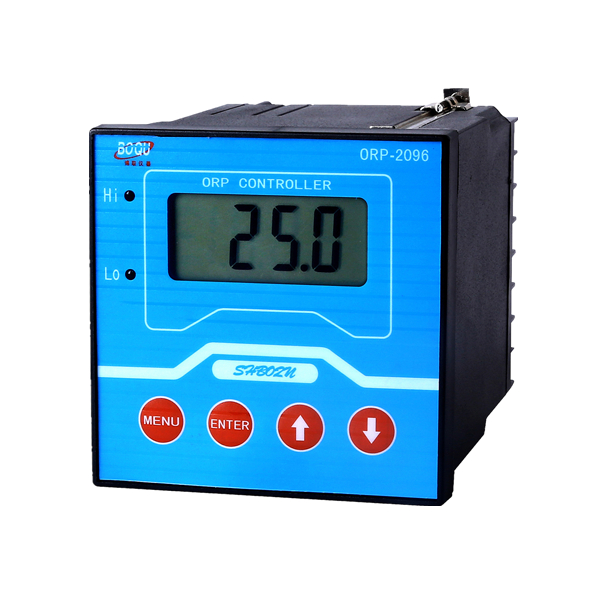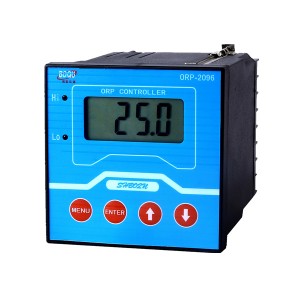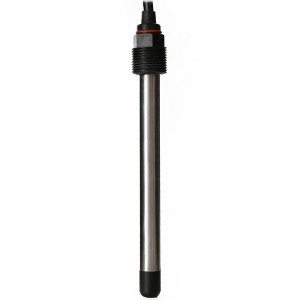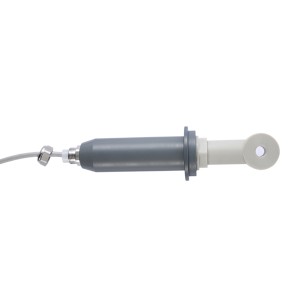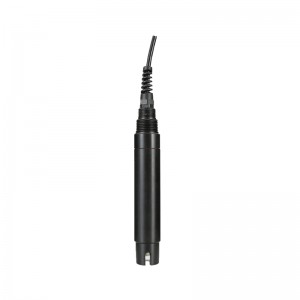Features
LCD display, high-performance CPU chip, high-precision AD conversion technology and SMT chip technology, multi-parameter, temperature compensation, automatic range conversion, high precision and repeatability
The current output and alarm relay adopt optoelectronic isolating technology, strong interference immunity and the capacity of long-distance transmission.
Isolated alarming signal output, discretionary setting of upper and lower thresholds for alarming, and lagged cancellation of alarming.
US T1 chips; 96 x 96 world-class shell; world-famous brands for 90% parts.
|
Measuring range: -l999~ +1999mV, Resolution: l mV |
|
Accuracy: 1mV, ±0.3℃, Stability:≤3mV/24h |
|
ORP standard solution:6.86, 4.01 |
|
Control range: -l999~ +1999mV |
|
Automatic temperature compensation:0~100℃ |
|
Manual temperature compensation:0~80℃ |
|
Output signal: 4-20mA isolated protection output |
|
Communication interface:RS485(Optional) |
|
Output control mode :ON/OFF relay output contacts |
|
Relay load: Maximum 240V 5A; Maximum l l5V 10A |
|
Relay delay: Adjustable |
|
Current output load:Max.750Ω |
|
Signal impedance input: ≥1×1012Ω |
|
Insulation resistance: ≥20M |
|
Working voltage: 220V±22V,50Hz±0.5Hz |
|
Instrument dimension: 96(length)x96(width)x115(depth)mm |
|
Dimension of the hole: 92x92mm |
|
Weight:0.5kg |
|
Working condition: |
|
①ambient temperature:0~60℃ |
|
②Air relative humidity:≤90% |
|
③Except for the earth magnetic field, there is no interference of other strong magnetic field around. |
Oxidation Reduction Potential (ORP or Redox Potential) measures an aqueous system’s capacity to either release or accept electrons from chemical reactions. When a system tends to accept electrons, it is an oxidizing system. When it tends to release electrons, it is a reducing system. A system’s reduction potential may change upon introduction of a new species or when the concentration of an existing species changes.
ORP values are used much like pH values to determine water quality. Just as pH values indicate a system’s relative state for receiving or donating hydrogen ions, ORP values characterize a system’s relative state for gaining or losing electrons. ORP values are affected by all oxidizing and reducing agents, not just acids and bases that influence pH measurement.
From a water treatment perspective, ORP measurements are often used to control disinfection with chlorine or chlorine dioxide in cooling towers, swimming pools, potable water supplies, and other water treatment applications. For example, studies have shown that the life span of bacteria in water is strongly dependent on the ORP value. In wastewater, ORP measurement is used frequently to control treatment processes that employ biological treatment solutions for removing contaminants.

